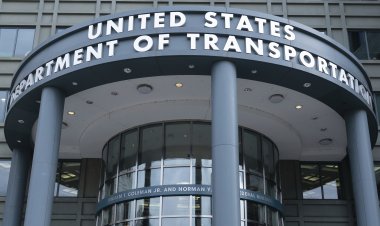SpaceX Rocket Launches Europe's Hera Asteroid Probe
Europe's Hera asteroid probe launched from Florida aboard a SpaceX rocket on Monday, embarking on a two-year mission to study an asteroid that was knocked off its trajectory by NASA's Double Asteroid Redirection Test spacecraft in 2022.

This return visit to Dimorphos, occurring two years after the significant collision, is part of ongoing efforts to assess whether a small asteroid could be diverted from a potential impact with Earth in the future, thereby preventing widespread damage.
The Falcon 9 rocket, which carried the probe, lifted off at approximately 3 p.m. GMT, as seen in a live broadcast.
The European Space Agency (ESA) chose to partner with Elon Musk's SpaceX for this launch to bridge a gap in Europe’s space access capabilities.
Dimorphos is a moonlet of Didymos and is categorized as a near-Earth asteroid.
The DART mission was a proof-of-concept effort aimed at showing that a spacecraft could alter the trajectory of a celestial object that might threaten Earth. Notably, Dimorphos and Didymos currently do not represent an actual danger to our planet.
On September 26, 2022, DART collided with Dimorphos at a speed of approximately 22,530 kilometers per hour, roughly 11 million kilometers away from Earth.
Scientists reported in March that the collision not only altered the trajectory of Dimorphos but also changed its shape.
Hera, built by Germany's OHB SE, will perform a post-impact analysis of Dimorphos to assist in transforming NASA's experimental collision from two years ago into a systematic strategy for planetary defense, per the ESA.
The solar system is home to more than half a million asteroids, with over 25,000 classified as near-Earth objects. Among these, ESA has identified more than 1,000 on its risk list, indicating that they require close monitoring.
Mathilde Moreau contributed to this report for TROIB News
Discover more Science and Technology news updates in TROIB Sci-Tech












